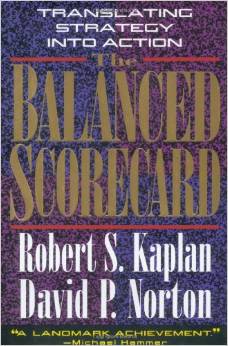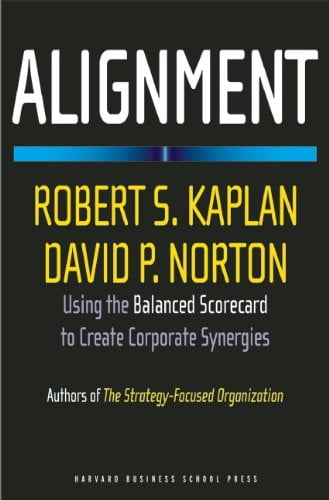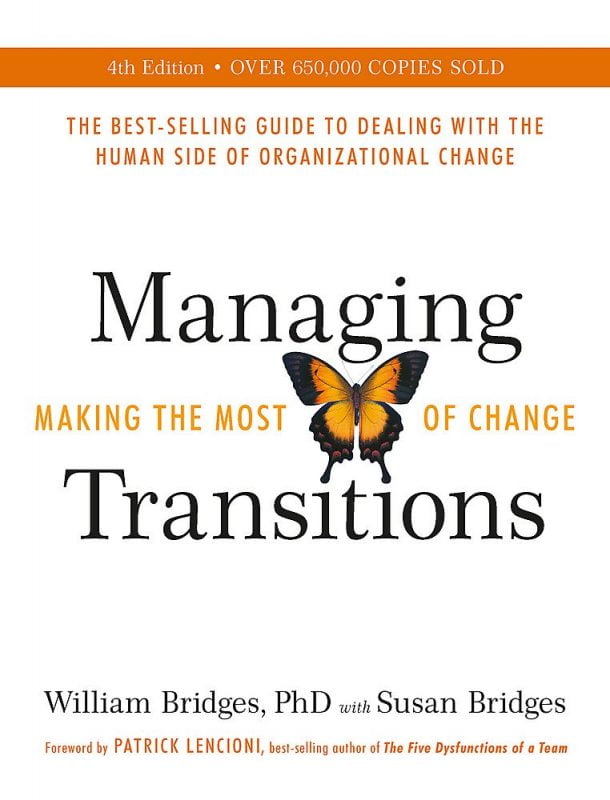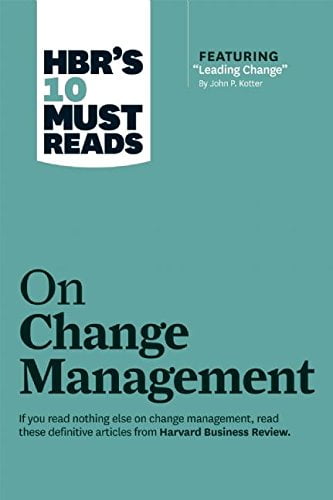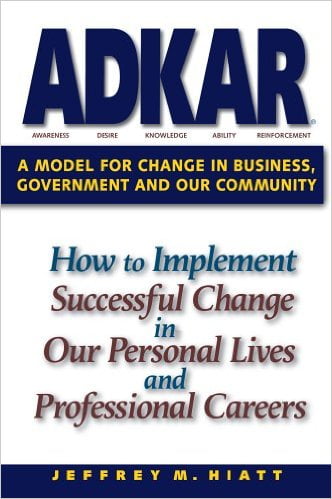Good to Great: Why Some Companies Make the Leap…And Others Don’t
The Challenge:
Built to Last, the defining management study of the nineties, showed how great companies triumph over time and how long-term sustained performance can be engineered into the DNA of an enterprise from the verybeginning.
But what about the company that is not born with great DNA? How can good companies, mediocre companies, even bad companies achieve enduring greatness?
The Study:
For years, this question preyed on the mind of Jim Collins. Are there companies that defy gravity and convert long-term mediocrity or worse into long-term superiority? And if so, what are the universal distinguishing characteristics that cause a company to go from good to great?
The Standards:
Using tough benchmarks, Collins and his research team identified a set of elite companies that made the leap to great results and sustained those results for at least fifteen years. How great? After the leap, the good-to-great companies generated cumulative stock returns that beat the general stock market by an average of seven times in fifteen years, better than twice the results delivered by a composite index of the world's greatest companies, including Coca-Cola, Intel, General Electric, and Merck.
The Comparisons:
The research team contrasted the good-to-great companies with a carefully selected set of comparison companies that failed to make the leap from good to great. What was different? Why did one set of companies become truly great performers while the other set remained only good?
Over five years, the team analyzed the histories of all twenty-eight companies in the study. After sifting through mountains of data and thousands of pages of interviews, Collins and his crew discovered the key determinants of greatness -- why some companies make the leap and others don't.
The Findings:
The findings of the Good to Great study will surprise many readers and shed light on virtually every area of management strategy and practice. The findings include:
Level 5 Leaders: The research team was shocked to discover the type of leadership required to achieve greatness.
The Hedgehog Concept: (Simplicity within the Three Circles): To go from good to great requires transcending the curse of competence.
A Culture of Discipline: When you combine a culture of discipline with an ethic of entrepreneurship, you get the magical alchemy of great results. Technology Accelerators: Good-to-great companies think differently about the role of technology.
The Flywheel and the Doom Loop: Those who launch radical change programs and wrenching restructurings will almost certainly fail to make the leap.
“Some of the key concepts discerned in the study,” comments Jim Collins, "fly in the face of our modern business culture and will, quite frankly, upset some people.”
The Balanced Scorecard: Translating Strategy into Action
The Balanced Scorecard translates a company's vision and strategy into a coherent set of performance measures. The four perspectives of the scorecard--financial measures, customer knowledge, internal business processes, and learning and growth--offer a balance between short-term and long-term objectives, between outcomes desired and performance drivers of those outcomes, and between hard objective measures and softer, more subjective measures. In the first part, Kaplan and Norton provide the theoretical foundations for the Balanced Scorecard; in the second part, they describe the steps organizations must take to build their own Scorecards; and, finally, they discuss how the Balanced Scorecard can be used as a driver of change.
More info →Alignment: Using the Balanced Scorecard to Create Corporate Synergies
Most organizations consist of multiple business and support units, each populated by highly trained, experienced executives. But often the efforts of individual units are not coordinated, resulting in conflicts, lost opportunities, and diminished performance.
Robert S. Kaplan and David P. Norton argue that the responsibility for this critical alignment lies with corporate headquarters. In this book, the authors apply their revolutionary Balanced Scorecard management system to corporate-level strategy, revealing how highly successful enterprises achieve powerful synergies by explicitly defining corporate headquarters’ role in setting, coordinating, and overseeing organizational strategy.
Based on extensive field research in organizations worldwide, Alignment shows how companies can build an enterprise-level Strategy Map and Balanced Scorecard that clearly articulate the “enterprise value proposition”: how the enterprise creates value above that achieved by individual business units operating alone. The book provides case studies, actionable frameworks, and sample scorecards that show how to align business and support units, boards of directors, and external partners with the corporate strategy and create a governance process that will ensure that alignment is sustained.
The next breakthrough in strategy execution from the field’s premier thinkers, Alignment shows how today’s companies can unlock
More info →Managing Transitions: Making the Most of Change
William Bridges is an internationally known speaker, author, and consultant who advises individuals and organizations in how to deal productively with change. His ten books include an expanded third edition of his best-seller, Managing Transitions (2009), and the updated second edition of Transitions (2004), which together have sold over one million copies. Before that he published The Way of Transition (2000), a partly autobiographical study of coming to terms with profound changes in his own life and transforming them into times of self-renewal. He published Creating You & Co., a handbook for creating a work-life that capitalizes on today's frequent and disruptive changes, and the ground-breaking Jobshift.
For three decades, he has guided thousands of individuals and hundreds of organizations through the maze of the transitions that accompany change. He focuses on the Transition, or psychological reorientation, people must go through to come to terms with changes in their lives. His three-phase model of Endings, Neutral Zone and New Beginnings is widely known. The professional seminars that he launched in 1988 have now certified more than 5,000 managers, trainers and consultants worldwide to conduct Transition Management programs. His later work has focused on bringing the principles of Transition Management into the non-profit world. He has been a frequent keynote speaker at conferences and corporate meetings in the United States and abroad.
Educated originally in the humanities at Harvard, Columbia, and Brown Universities, he was (until his own career change in 1974) a professor of American Literature at Mills College, Oakland, CA. He is a past president of the Association for Humanistic Psychology. The Wall Street Journal listed him as one of the top ten independent executive development presenters in America.
More info →HBR’s 10 Must Reads on Change Management
Most company's change initiatives fail. Yours don't have to.
If you read nothing else on change management, read these 10 articles (featuring “Leading Change,” by John P. Kotter). We've combed through hundreds of Harvard Business Review articles and selected the most important ones to help you spearhead change in your organization.
HBR's 10 Must Reads on Change Management will inspire you to:
- Lead change through eight critical stages
- Establish a sense of urgency
- Overcome addiction to the status quo
- Mobilize commitment
- Silence naysayers
- Minimize the pain of change
- Concentrate resources
- Motivate change when business is good
This collection of best-selling articles includes: featured article "Leading Change: Why Transformation Efforts Fail" by John P. Kotter, "Change Through Persuasion," "Leading Change When Business Is Good: An Interview with Samuel J. Palmisano," "Radical Change, the Quiet Way," "Tipping Point Leadership," "A Survival Guide for Leaders," "The Real Reason People Won't Change," "Cracking the Code of Change," "The Hard Side of Change Management," and "Why Change Programs Don't Produce Change."
More info →ADKAR: A Model for Change in Business, Government and our Community
Why do some changes fail while others succeed?
How can you make sense of the many tools and approaches for managing change?
How can you lead change successfully, both in your personal life and professional career?
After more than 14 years of research with corporate change, the ADKAR model has emerged as a holistic approach that brings together the collection of change management work into a simple, results oriented model. This model ties together all aspects of change management including readiness assessments, sponsorship, communications, coaching, training and resistance management. All of these activities are placed into a framework that is oriented on the required phases for realizing change with individuals and the organization.
The ADKAR perspective can help you develop a "new lens" through which to observe and influence change. You may be working for change in your public school system or in a small city council. You may be sponsoring change in your department at work. You may be observing large changes that are being attempted at the highest levels of government or you may be leading an enterprise-wide change initiative. The perspective enabled by the ADKAR model allows you to view change in a new way. You can begin to see the barrier points and understand the levers that can move your changes forward. ADKAR allows you to understand why some changes succeed while others fail. Most importantly, ADKAR can help your changes be a success. Based on research with more than 1100 companies from 59 countries, ADKAR is a simple and holistic way to manage change.
More info →



